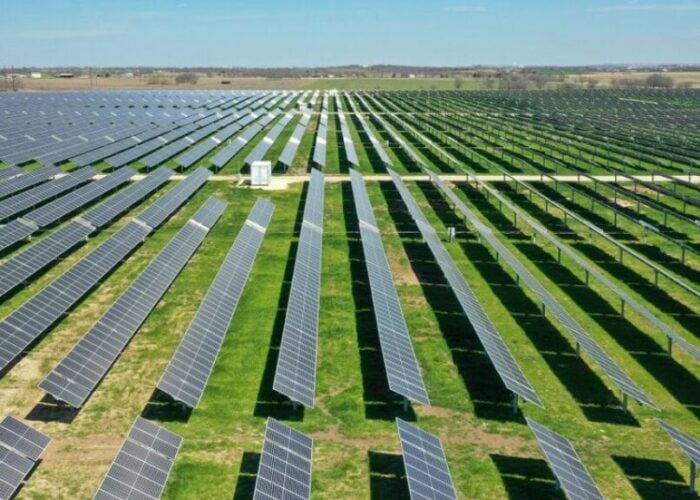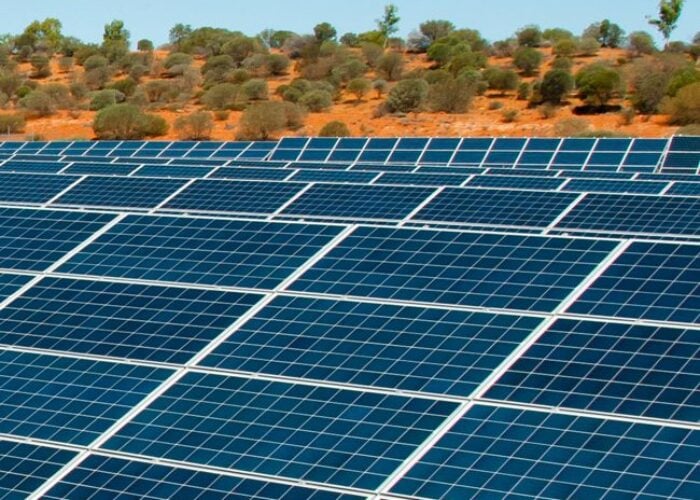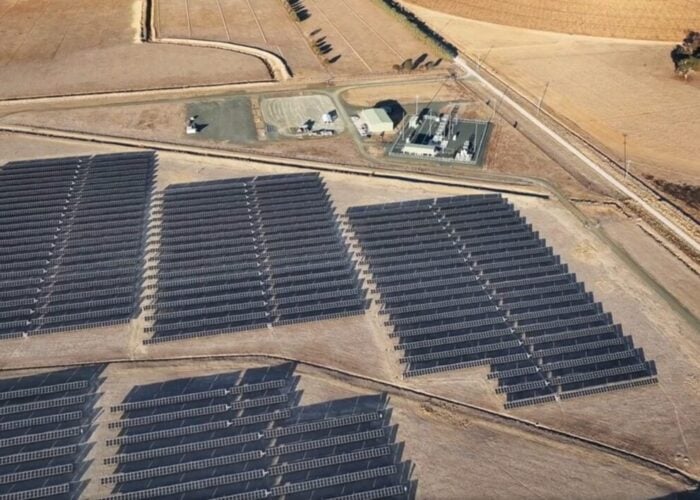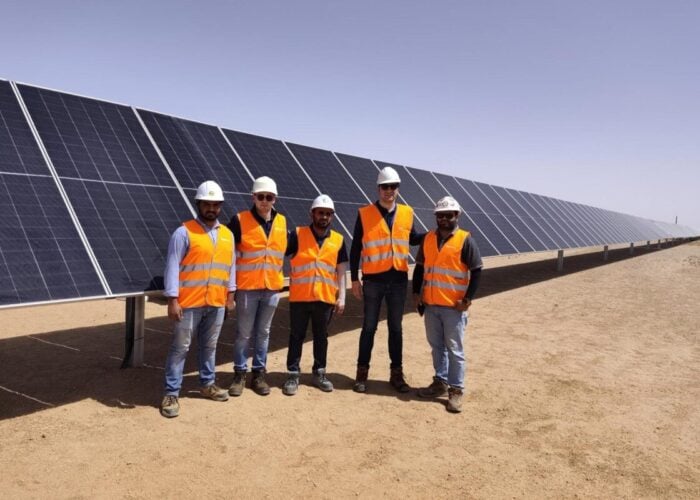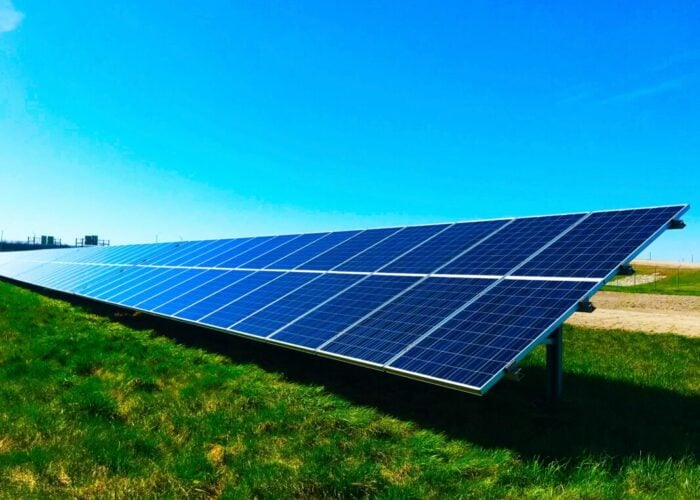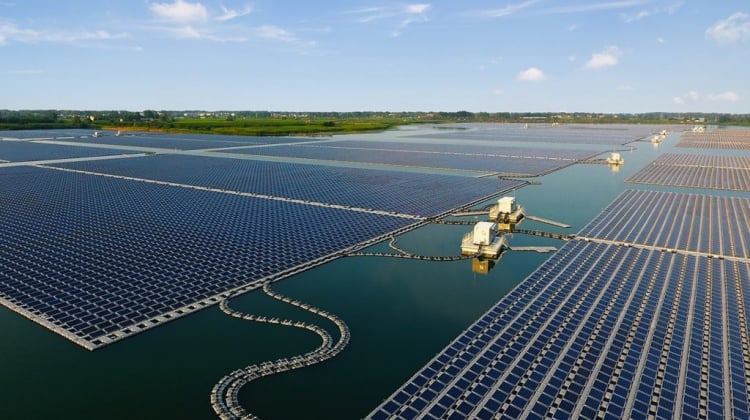
China’s Ministry of Natural Resources has issued a document for solar offshore PV, stating that only four types of sea areas can accommodate offshore solar PV projects.
According to the document, offshore solar PV projects can only be built two kilometres offshore on four types of sea areas: nuclear power plants’ thermal discharge areas, salt ponds and salt fields, sea aquaculture areas and offshore wind-solar sites.
Try Premium for just $1
- Full premium access for the first month at only $1
- Converts to an annual rate after 30 days unless cancelled
- Cancel anytime during the trial period
Premium Benefits
- Expert industry analysis and interviews
- Digital access to PV Tech Power journal
- Exclusive event discounts
Or get the full Premium subscription right away
Or continue reading this article for free
Currently, most of the approved offshore PV projects fail to meet the requirements, which means they can only be carried out on a demonstrative basis in these four types of sea areas.
The document adds that offshore solar PV projects can only be developed on a larger scale after demonstrating their impacts, including on the local marine environment.
In the past two years, several coastal provinces and cities in China – such as Shandong, Jiangsu, Fujian, Tianjin and Zhejiang – have developed plans for offshore solar PV projects. Although some provinces have introduced incentives or subsidies, there are no unified policies at the national level.
Additionally, there are discrepancies in policies regarding the use of the sea among provinces, which raises the prospect of illegal sea use when developing large-scale offshore PV projects. In order to continue operating the projects, owners will now need to comply with new national-level legislation to avoid illegally using the sea after the new legislation.
Aside from offshore floating solar, China’s National Energy Administration recently unveiled that the country’s newly added solar PV capacity in the first quarter of 2024 was 45.74GW, up from 33.66GW in the same quarter last year. Previous data from the energy administration showed that the newly installed PV capacity in the first two months was 36.72GW. Therefore, China added about 9.02GW of solar capacity in March.
| PV Tech publisher Solar Media will be organising the Solar Finance & Investment Asia Summit in Singapore, 24-25 September. The event will bring together the most influential leaders representing funds, banks, developers, utilities, government and industry across the Asia-Pacific region on a programme that is solutions-focused from top to tail. For more information, including how to attend, please go to the official website. |

